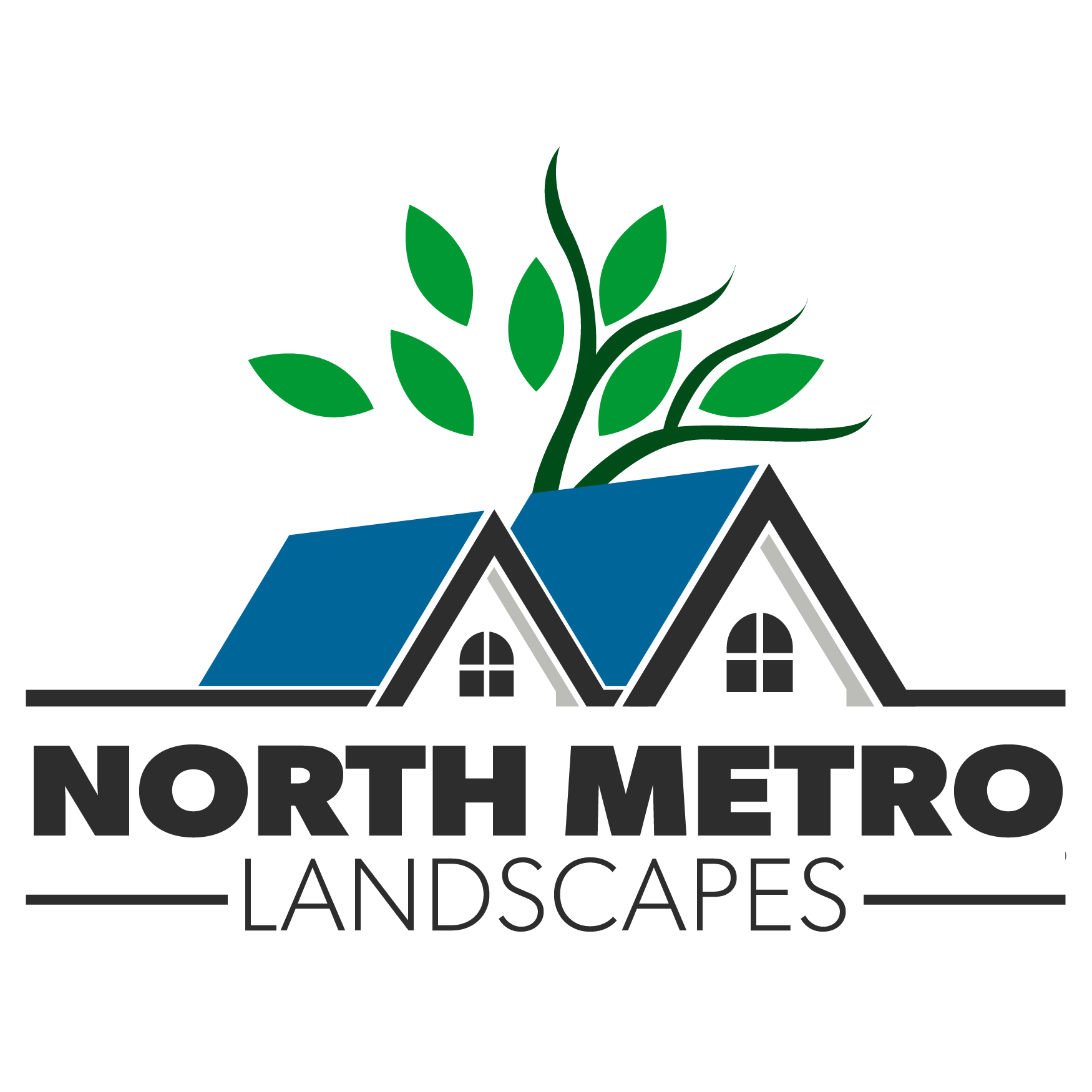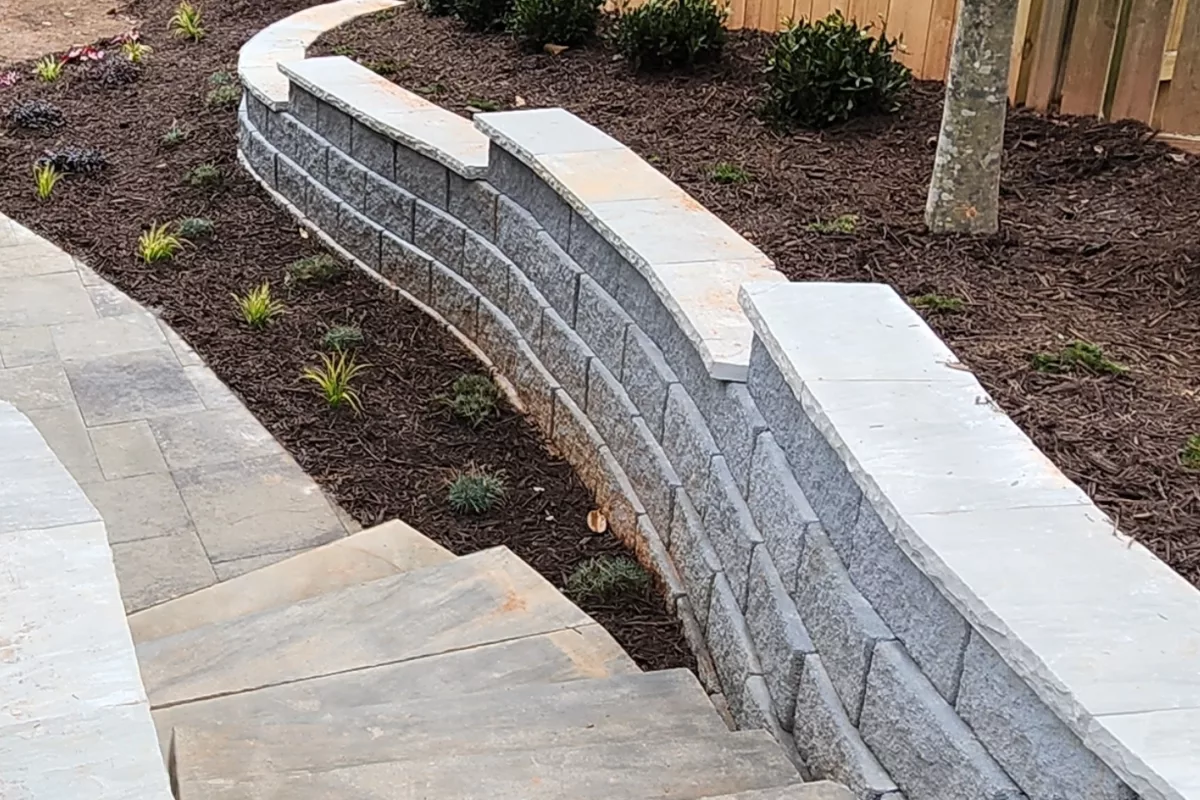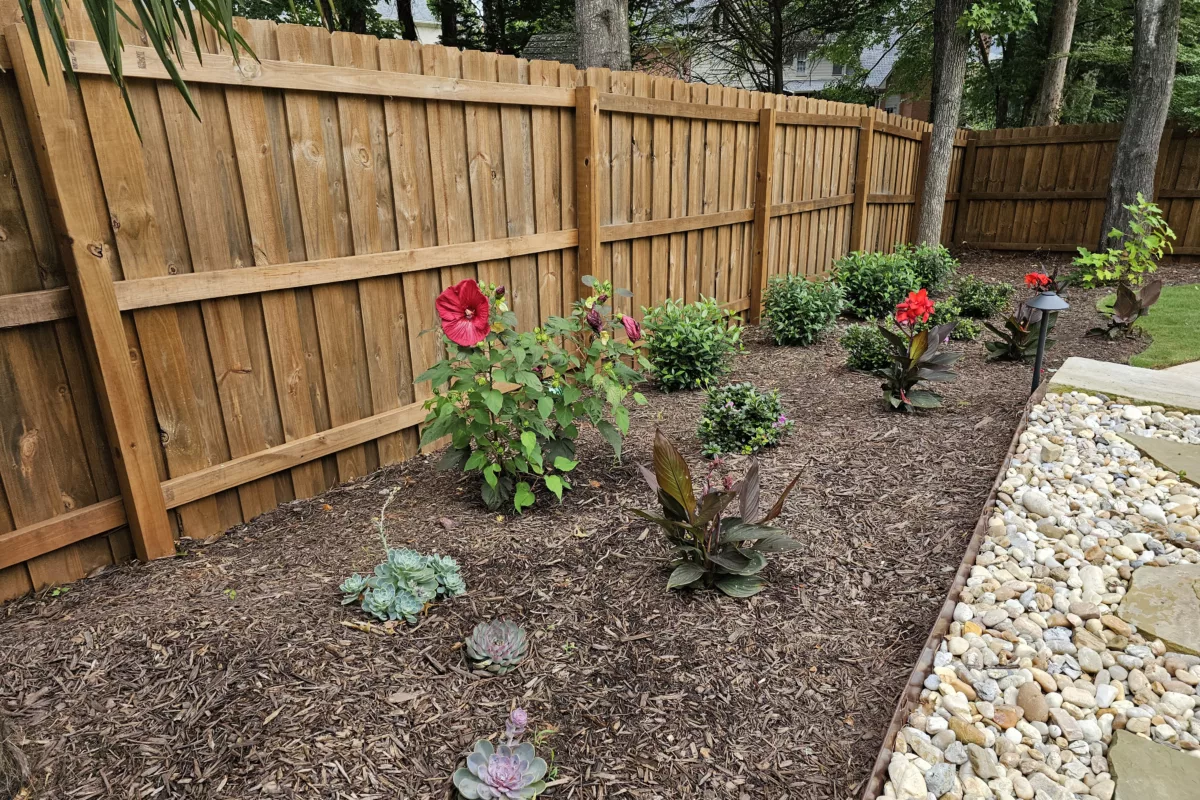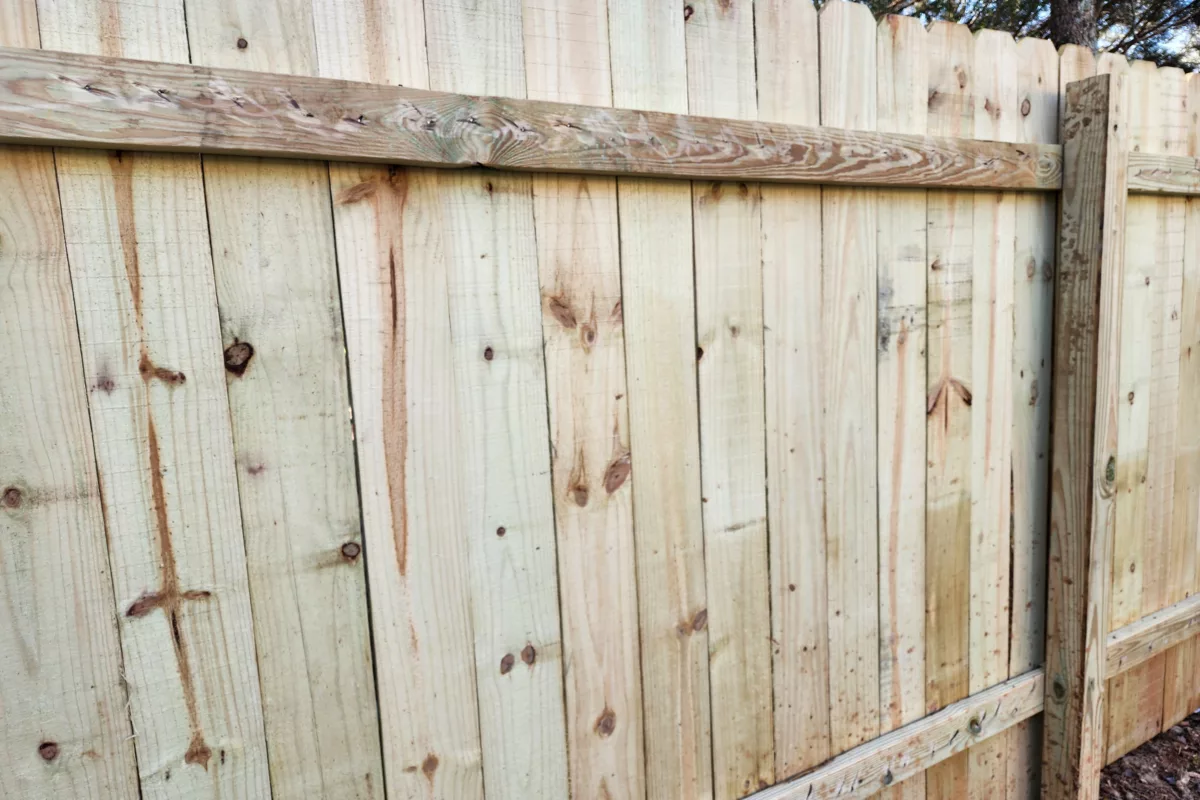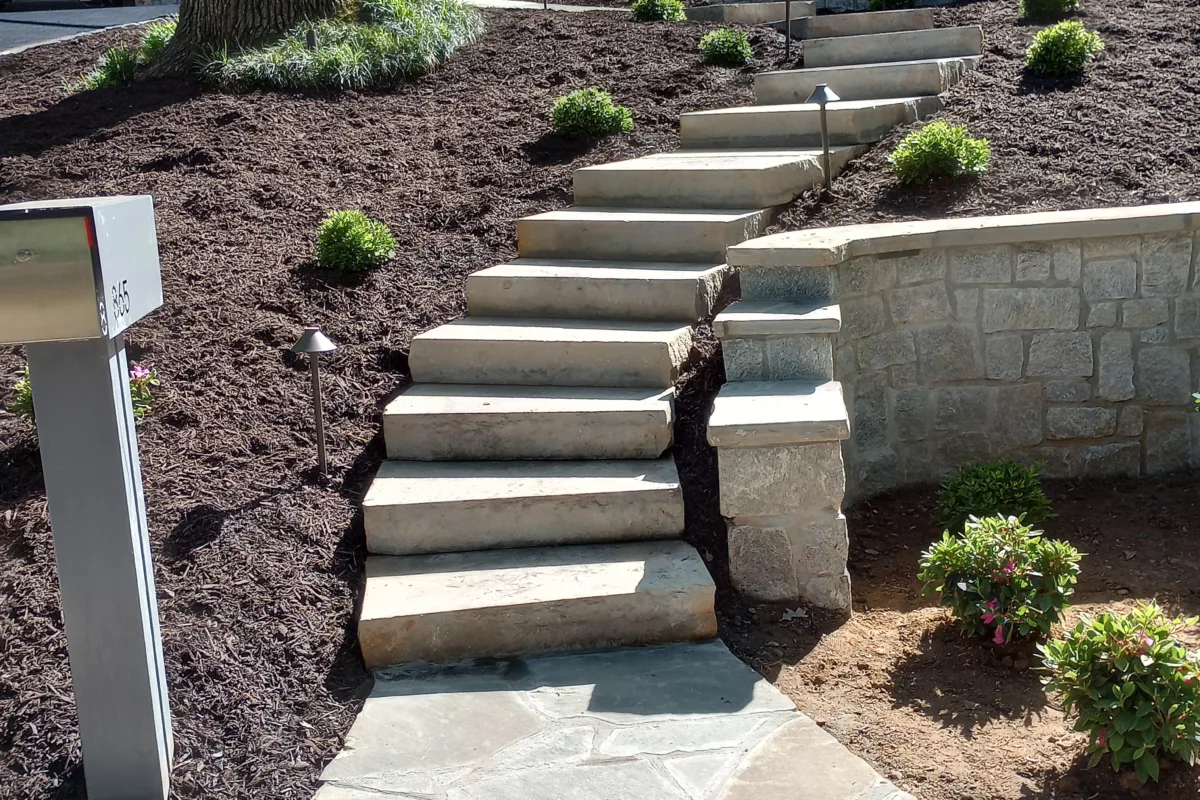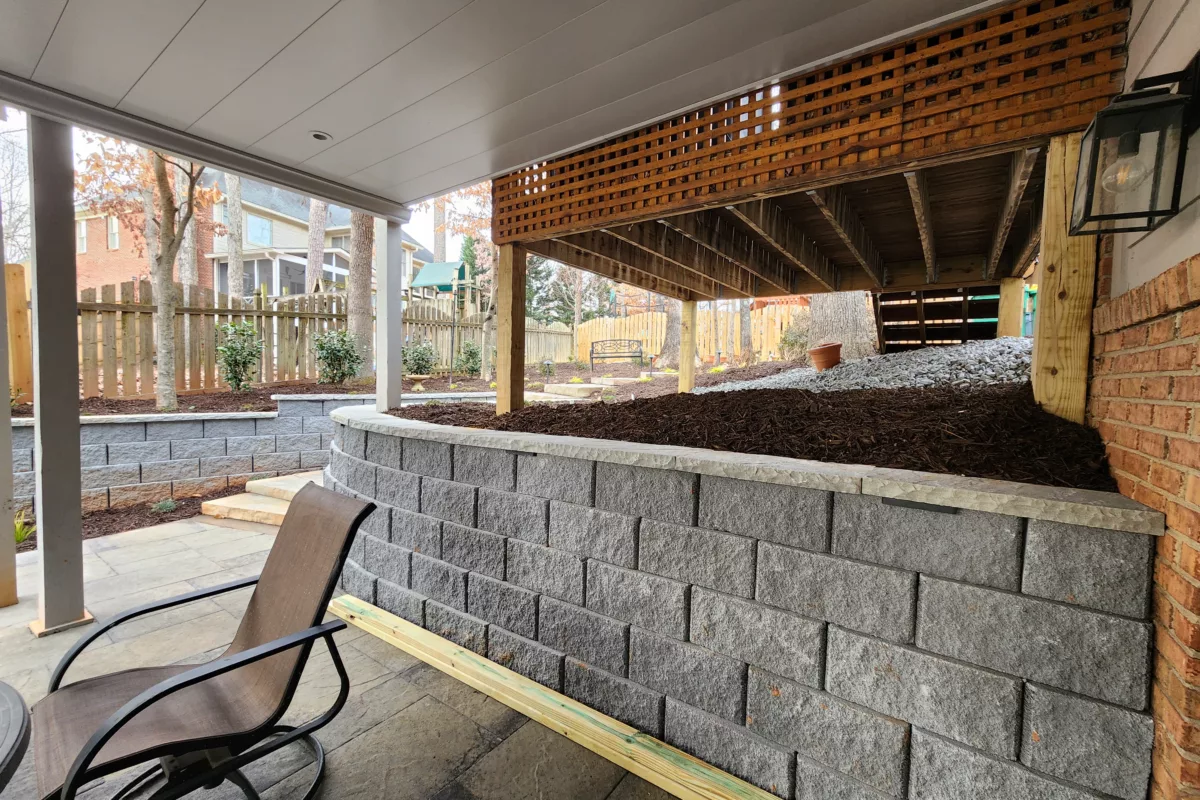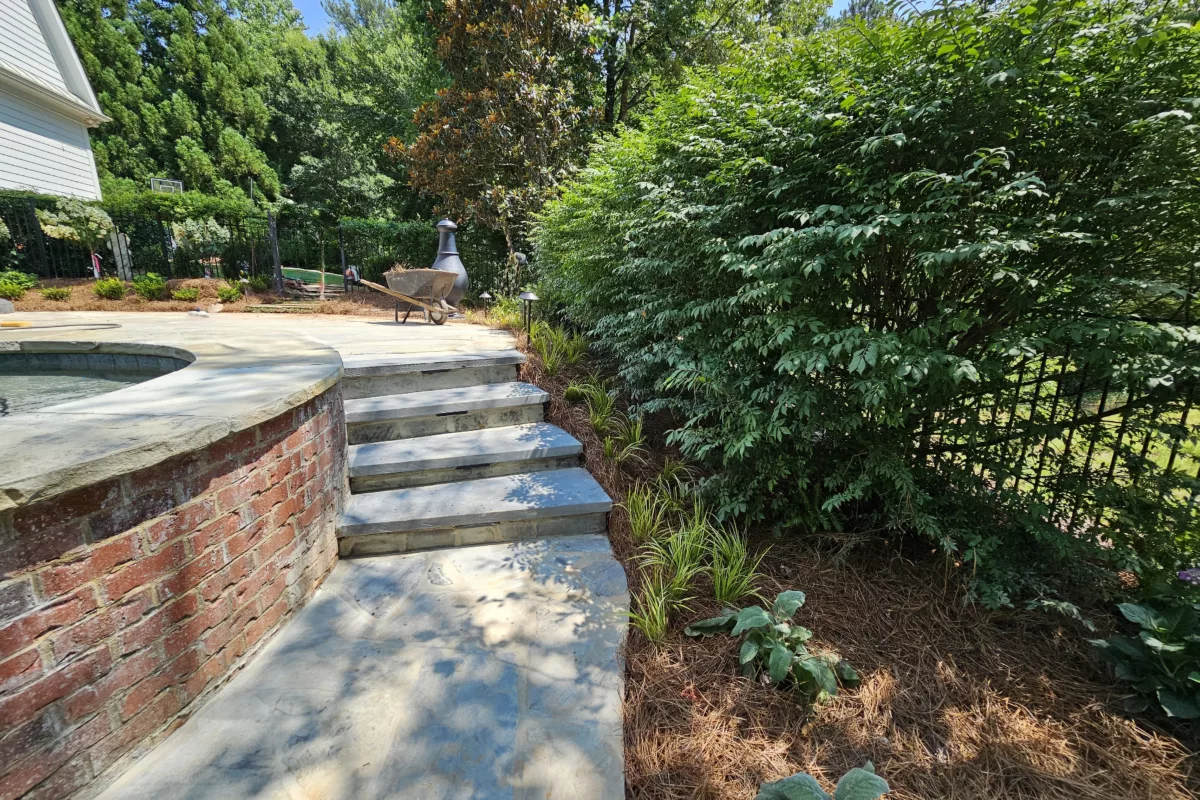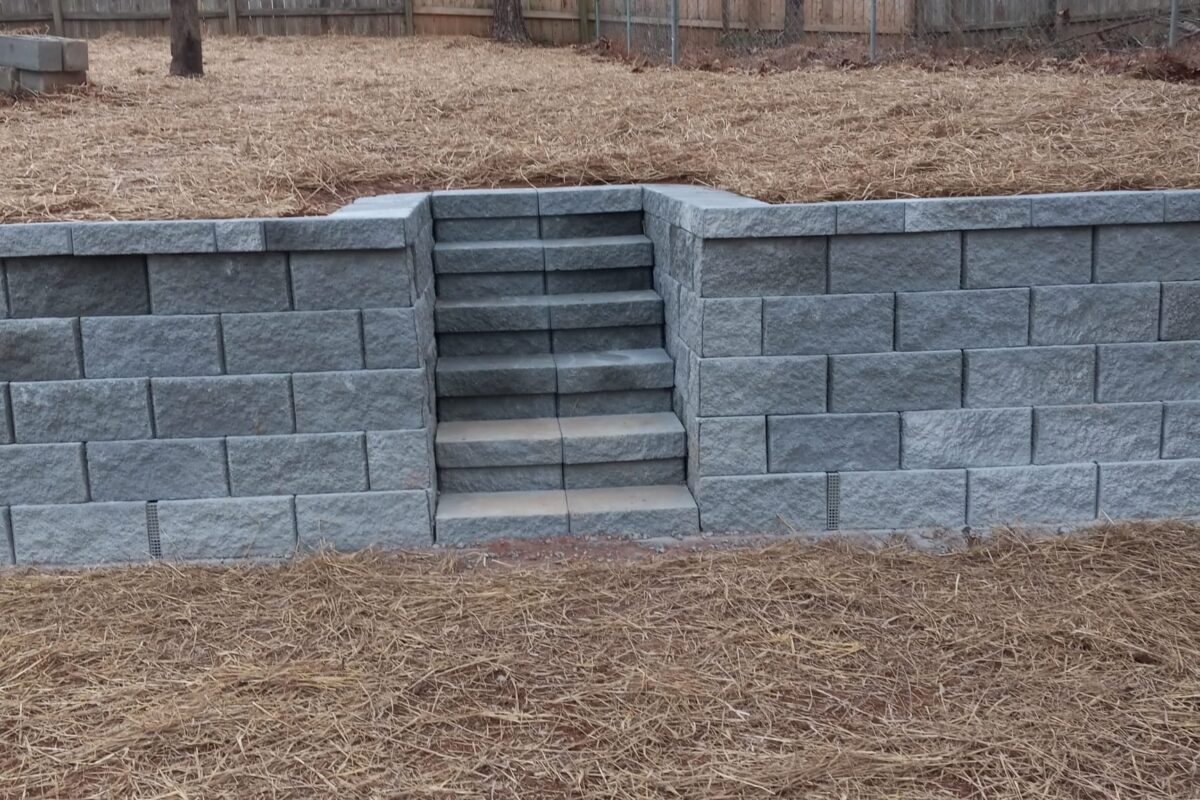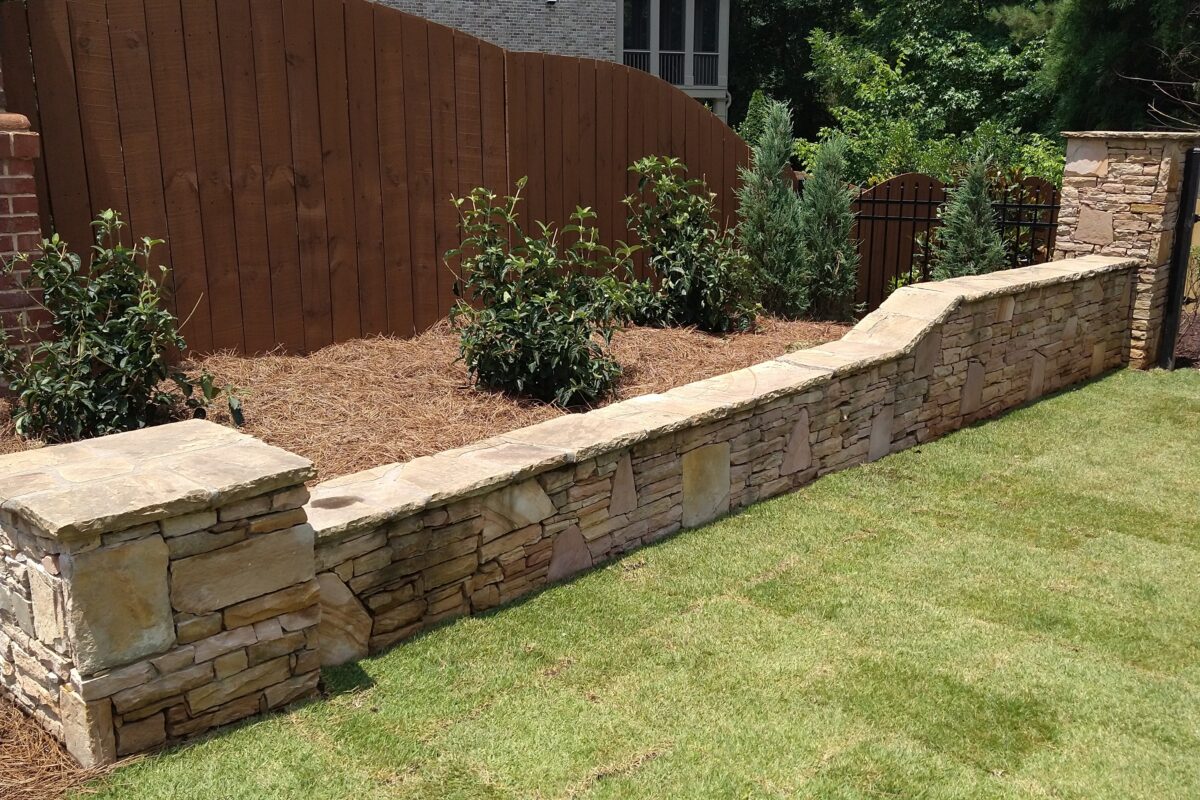Why Choose North Metro Landscapes?
The top three things that set us apart:

Experience and Expertise
We have a proven track record of successfully designing and installing retaining walls. We understand the complexities of different wall types, soil conditions, and local regulations.
Warranty and Guarantee
First and foremost, your retaining wall builder should ensure that the layer of base material below the first course (or row of blocks) is perfectly level. If the blocks are set on an uneven surface, it will result in an unstable, lopsided wall.

Clear Communication
From detailed project proposals and accurate estimates to addressing your questions and concerns promptly, we know the importance of communication to the overall success of the project.
What Type of Retaining Wall
Do I Need?
We take into considerations several factors like the height of the wall, soil characteristics, site conditions, and aesthetic preferences. Here are common types of retaining walls we build:
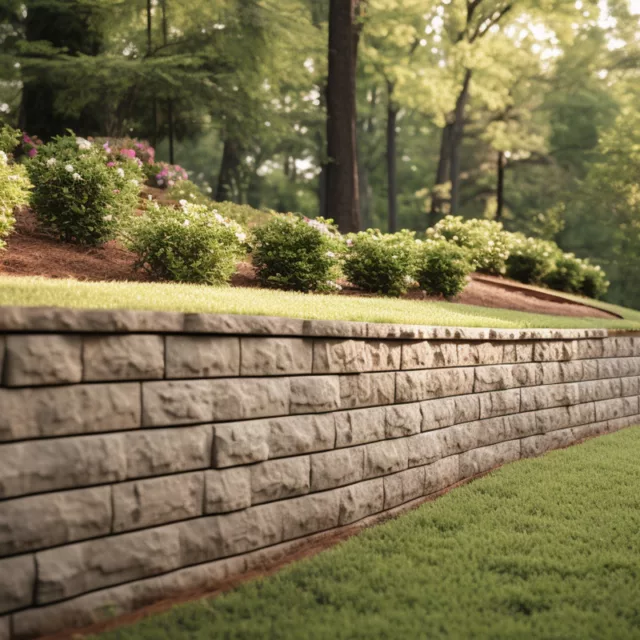
Gravity Retaining Wall
These walls rely on their own weight and mass to resist soil pressure. They are suitable for low to moderate-height walls and are typically constructed using concrete blocks, stone, or concrete.
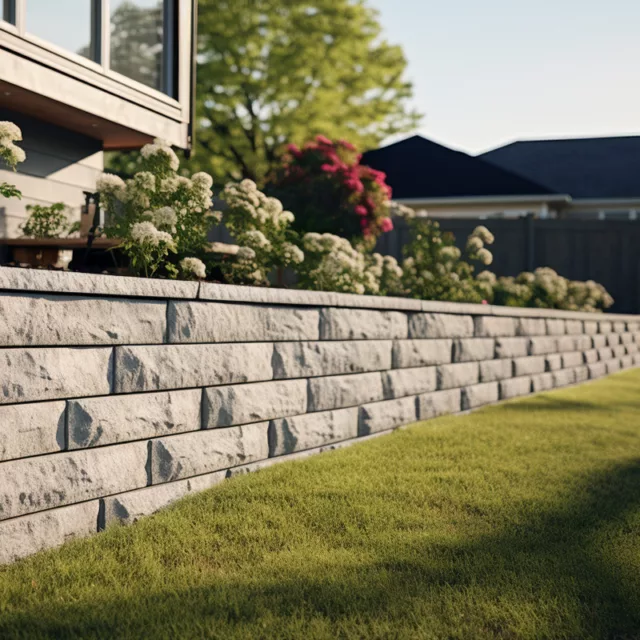
Cantilever Retaining Wall
Cantilever walls have a T or L shape in cross-section, with one side connected to the retained soil and the other side extending outward. They use a lever arm to resist the pressure of the soil behind them and are often made of reinforced concrete.
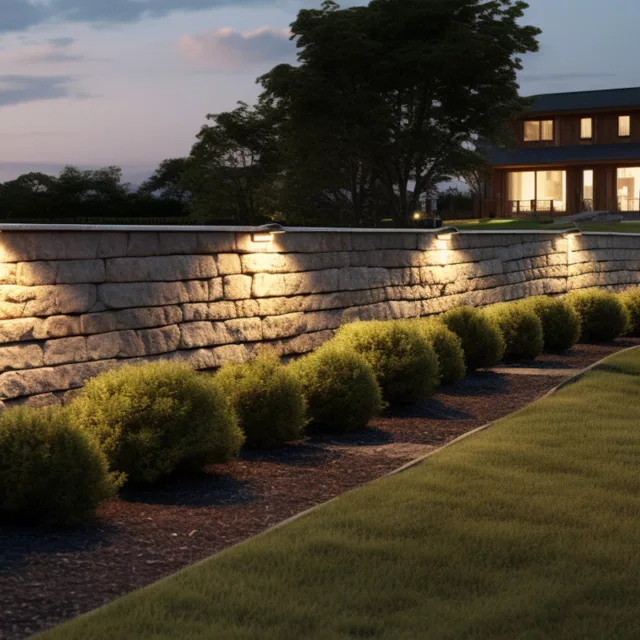
Counterfort Retaining Wall
Like cantilever walls, counterfort walls have a T-shaped cross-section, but include vertical columns (counterforts) on the soil side enhancing stability for taller structures.
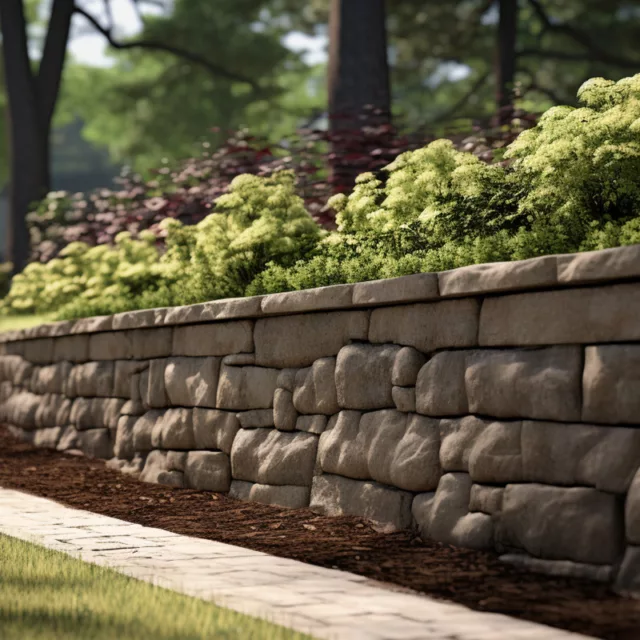
Buttress Retaining Wall
Similar to counterfort walls, but with diagonal braces (buttresses) on the retained soil side, this design is suitable for even taller retaining walls and provides added strength.
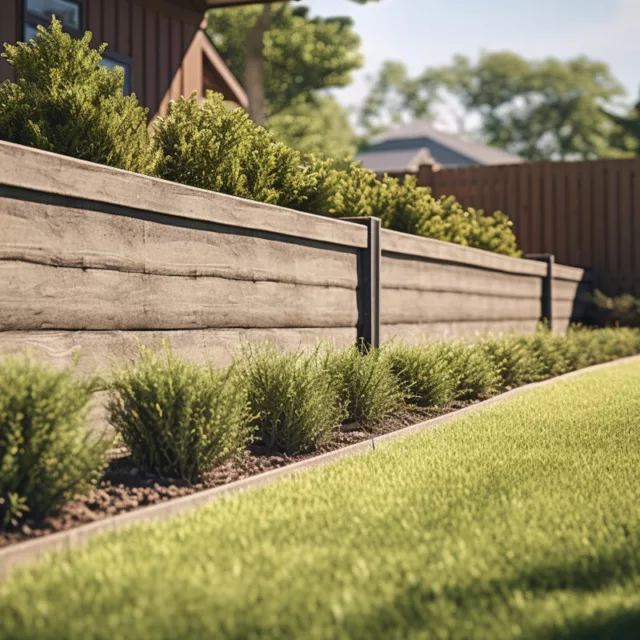
Sheet Pile Retaining Wall
These are made of interlocking steel, vinyl, or wood sheets driven into the ground to form a continuous barrier. They are often used in waterfront or marine applications where space is limited.
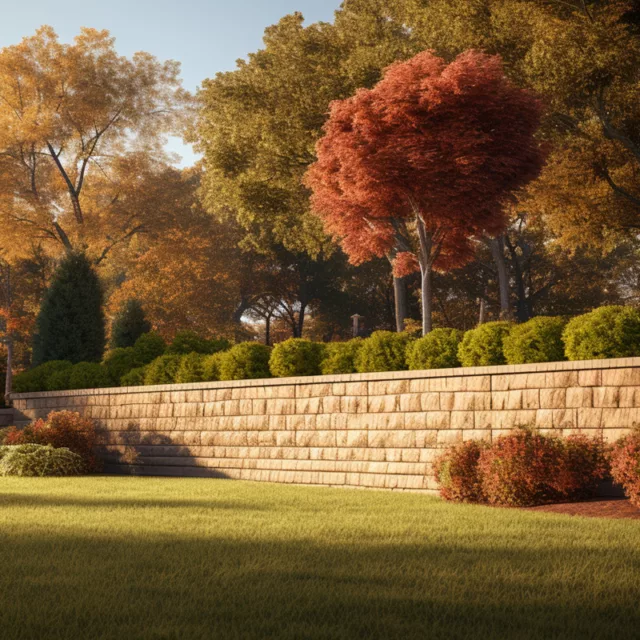
Anchored Retaining Wall
These use cables or tendons to anchor the wall to the ground behind it, providing additional lateral support. This type is ideal for situations where high wall heights or limited space make other wall types less practical.
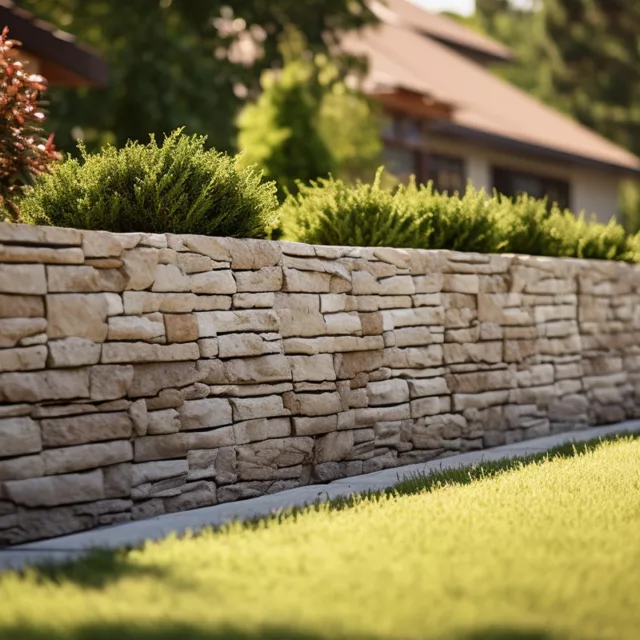
Gabion Retaining Wall
Constructed using wire mesh containers filled with rocks or other materials. They are suitable for both retaining and erosion control applications and have a natural appearance.
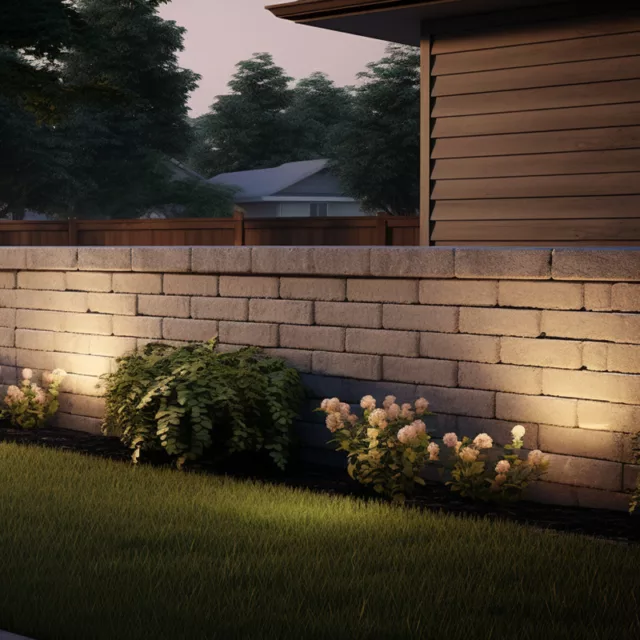
Modular Block Retaining Wall
Built using precast concrete or interlocking concrete blocks, they offer ease of installation and can be used for various wall heights. They often have textured faces for an aesthetic appeal.
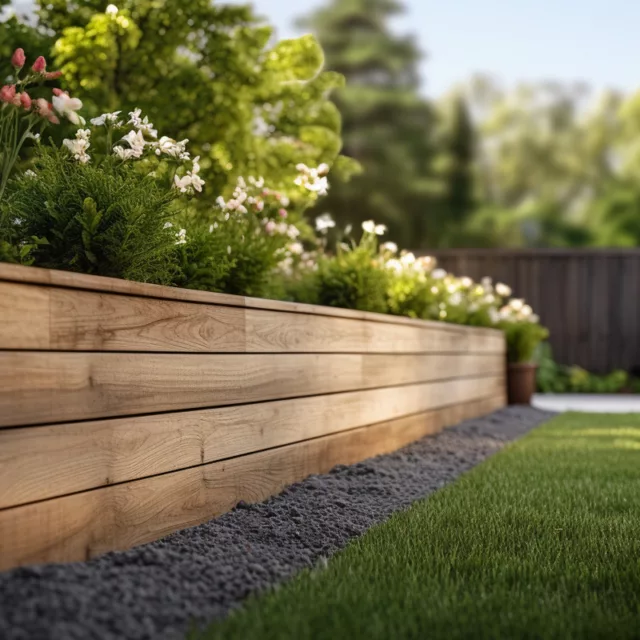
Timber Retaining Wall
Constructed using pressure-treated wood, they are a popular choice for smaller, decorative walls (not suitable for very tall or load-bearing structures).
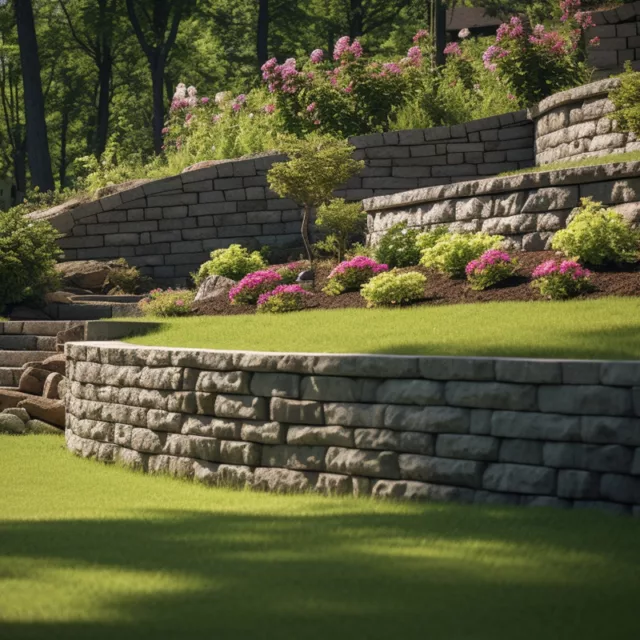
Segmental Retaining Wall (SRW)
Made of precast concrete blocks that interlock to create a stable wall, they are commonly used for residential and commercial landscaping due to their versatility and ease of construction.
3 Common Retaining Wall Mistakes
Unfortunately, retaining walls are one of the most commonly mishandled projects. Either people try to DIY the retaining wall or they sacrifice quality for cost when hiring a construction/landscape team.
Be aware of the three most common retaining wall installation mistakes:

Poor Engineering
In order for retaining walls to do their job, there are many considerations in the design process and the planning stage can take a significant amount of time. However, we are professionals who handle these types of projects every day so we can efficiently and effectively get your retaining wall up (and keep it up!).

Lack of Drainage
Walls that don’t have a proper drainage system installed to reroute groundwater have a high chance of failure. Considering drainage throughout the building process will prevent erosion, protect your wall, and ensure the longevity of the build.

Inadequate Installation
You can probably drive around today and spot retaining walls that are tilting, bulging, cracking, or even collapsing. Hiring a contractor who knows the best construction techniques for each material type from concrete to stone will help you avoid these unattractive flaws.
